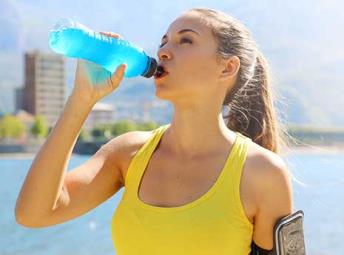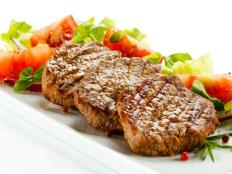When Amanda, a young runner I coach, started training for her first marathon earlier this year, she weighed 125 pounds. Twelve weeks and hundreds of miles later, she was a lot fitter but also six pounds heavier. Concerned, she contacted me and asked if I had ever heard of such a thing.
Amanda's experience is surprisingly common. Marathon training is a major physiological challenge and adaptive stimulus that has profound effects on metabolism and related factors such as appetite. Some of these effects are counterintuitive, and a few—including the compensatory weight gain that Amanda experienced—are decidedly negative. Understanding how marathon training affects metabolism can help you avoid these negative consequences.
Calories in Context
As every runner knows, running burns a lot of calories. Exercise scientists sometimes use a metric called metabolic equivalents (METs) to compare the rate at which calories are burned during exercise to the rate of calorie burning at rest. For example, an activity that burns calories at twice the normal resting rate is valued at 2 METs. Running is typically valued at 8 to 16 METs, depending on speed. A single two-hour marathon training run performed at a moderate intensity of 12 METs will burn as many calories as a person normally burns in 24 hours at rest.
More: Avoid Junk Fitness Foods for Weight Loss
It doesn't stop there, though. The metabolic rate remains elevated for hours after running as the body works through the recovery process. This effect is related to oxygen intake and is thus known as excess post-exercise oxygen consumption (EPOC). There are two phases of EPOC. During the first two hours after exercise, metabolism remains significantly elevated. In the second phase metabolism is only slightly higher than normal resting values but this second phase may last as long as 48 hours. EPOC is influenced by both the intensity and the duration of exercise. Studies suggest that as much as 14 percent of the total calorie cost of a workout is concentrated in this two-phase post-workout period.
- 1
- of
- 3
About the Author

Get ACTIVE on the Go


Couch to 5K®
The best way to get new runners off the couch and across the finish line of their first 5K.
Available for iOS | Android






Discuss This Article